Published Sep 30, 2024
Star Trek, Horticulture, and Healing
Even among the stars, greenery brings peace.
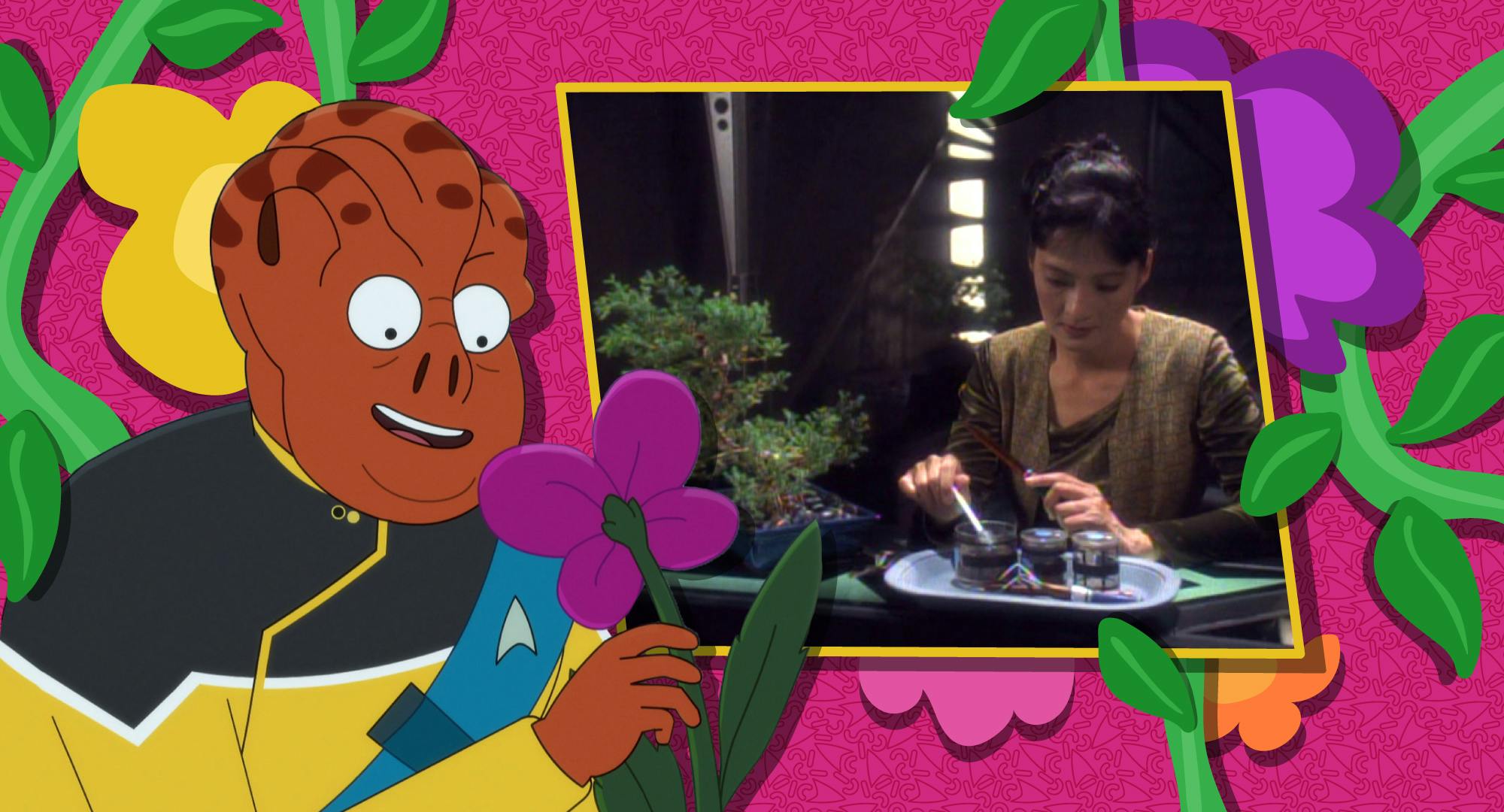
StarTrek.com
"I used to think the only talent I had was for killing," says Ensign Lon Suder while tenderly caring for his hybrid orchids ("").
After his mind meld with Tuvok in "," Lon Suder turned over a new leaf — literally. Inspired by Tuvok's affection for floriculture, Suder began taking care of orchids, too, to the point he became an accomplished grafter, spending his free time splicing new plant specimens. He took his uncontrollable emotional impulses and .
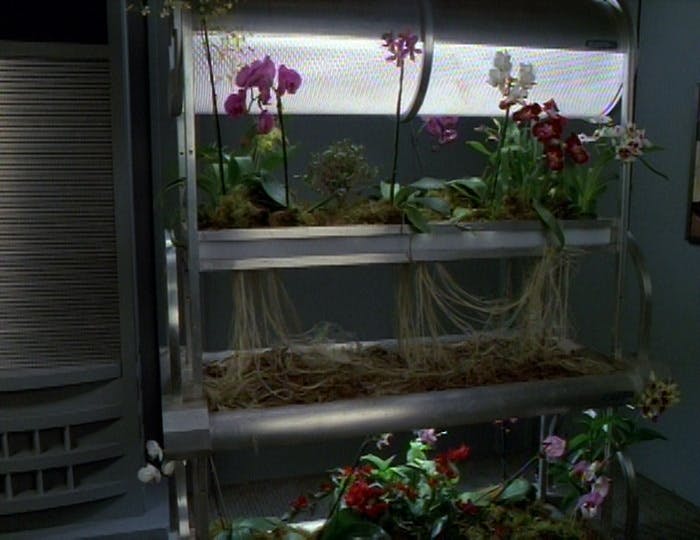
"Basics, Part II"
StarTrek.com
Looking at the whole of Star Trek, you'll find that Suder is hardly the only Trek character with such flora-focused development and themes. Plant-life is a long-standing staple in the Trek universe, from Sulu and Gertrude ("") to Lieutenant Kayshon and his leaf-cuttings (""). But what's fascinating about these plant-human relationships in Trek is what they mean.
In film and TV, plants have had many meanings — symbols of mother nature or the threat of man vs. nature. However, one of the most common motifs about plants is rebirth, renewal, and healing. In Star Trek, it seems that many horticultural characters are either experiencing their own wellness journey, or they are a character dedicated to fostering balance and tranquility in themselves and the characters around them.
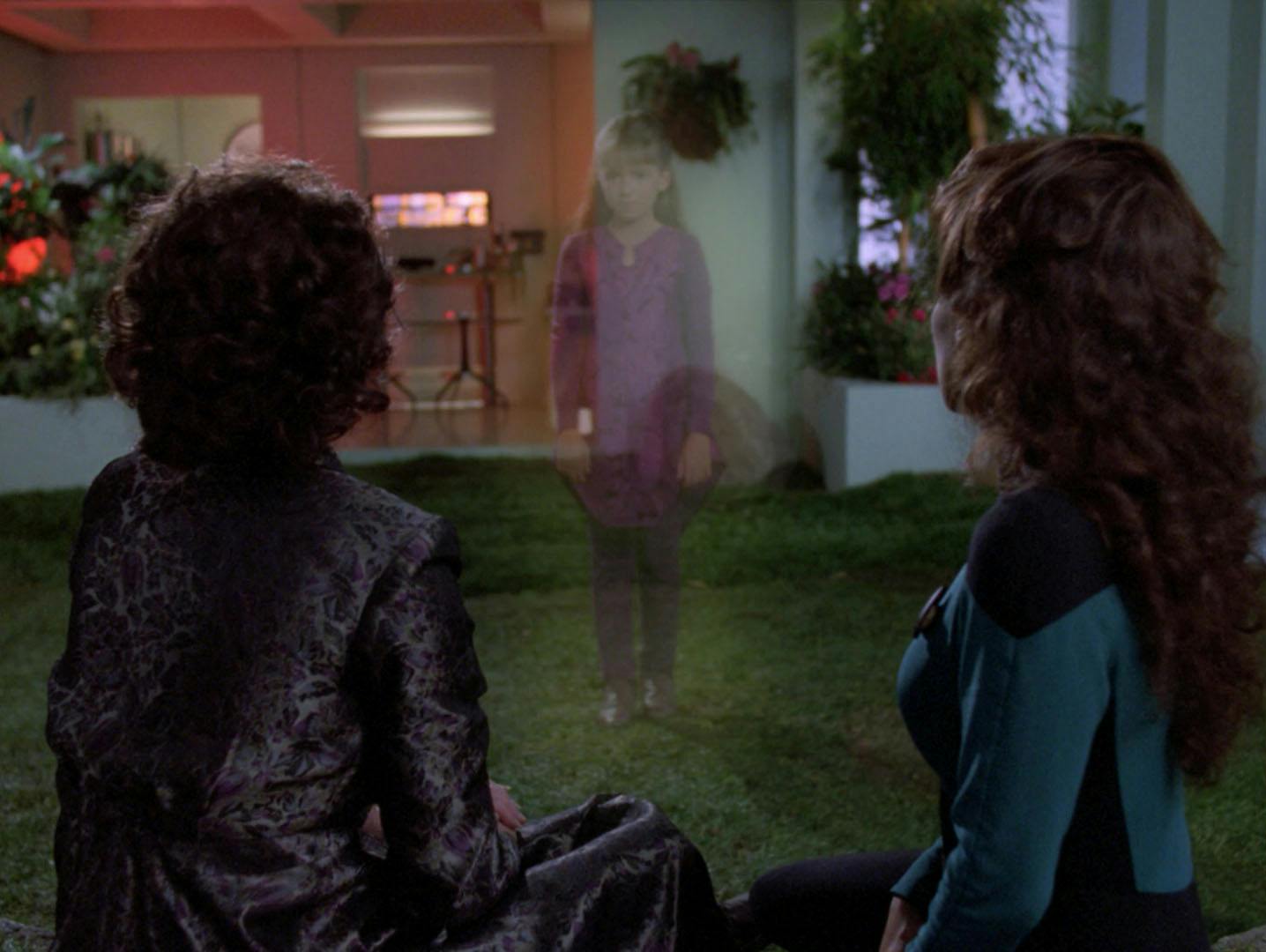
"Dark Page"
StarTrek.com
Let's start our organic exploration with the characters who've leaned on plant-life to help them heal from a specific trauma. For example, in "," Deanna Troi ends up spending a lot of time in the Enterprise arboretum discovering what happened to her older sister, Kestra. The soothing presence of the plants help facilitate the exact healing she seeks.
Furthermore, there are a handful of times in various Star Trek series that a character in need of healing finds themselves in the botany section, arboretum (Clara trying to cure her loneliness in ""), aeroponics bay (Kes in ""), etc. However, it can at times be hard for people to seek the healing power of plants all on their own. They often need guidance. As mentioned, Lon Suder's orchids helped him find purpose, meaning, and serenity despite his volatile emotions, but it was Tuvok who helped him get there.
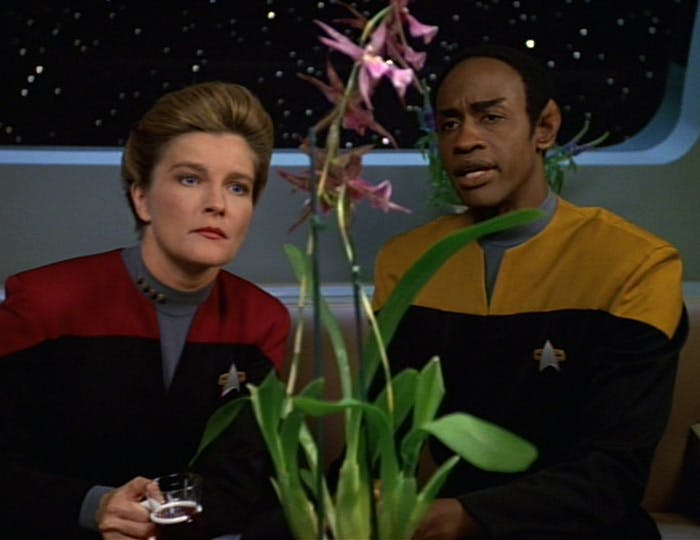
"Alliances"
StarTrek.com
Tuvok is a perfect example of a mentor who uses plant-life to advise his friends. In his own life, his love of floriculture brings him so much balance and serenity, and that spreads to the people around him. He inspired Lon Suder to redirect his energy. He used a grafting metaphor to give Janeway wisdom about possibly working with the Kazon (""). While he and Neelix were often at odds, their mutual dedication to plants — be it flowers or food — and nurturing the people around them was a trait they shared. It’s no wonder that when they became Tuvix, caring for plants still helped ground them (""). Eventually, their nurturing spirits eventually helped forge the mutual respect they have for one another, despite their differences. On Voyager, Tuvok's ability to find strength in plant-life became infectious and helped his fellow shipmates lean on them to grow and heal.
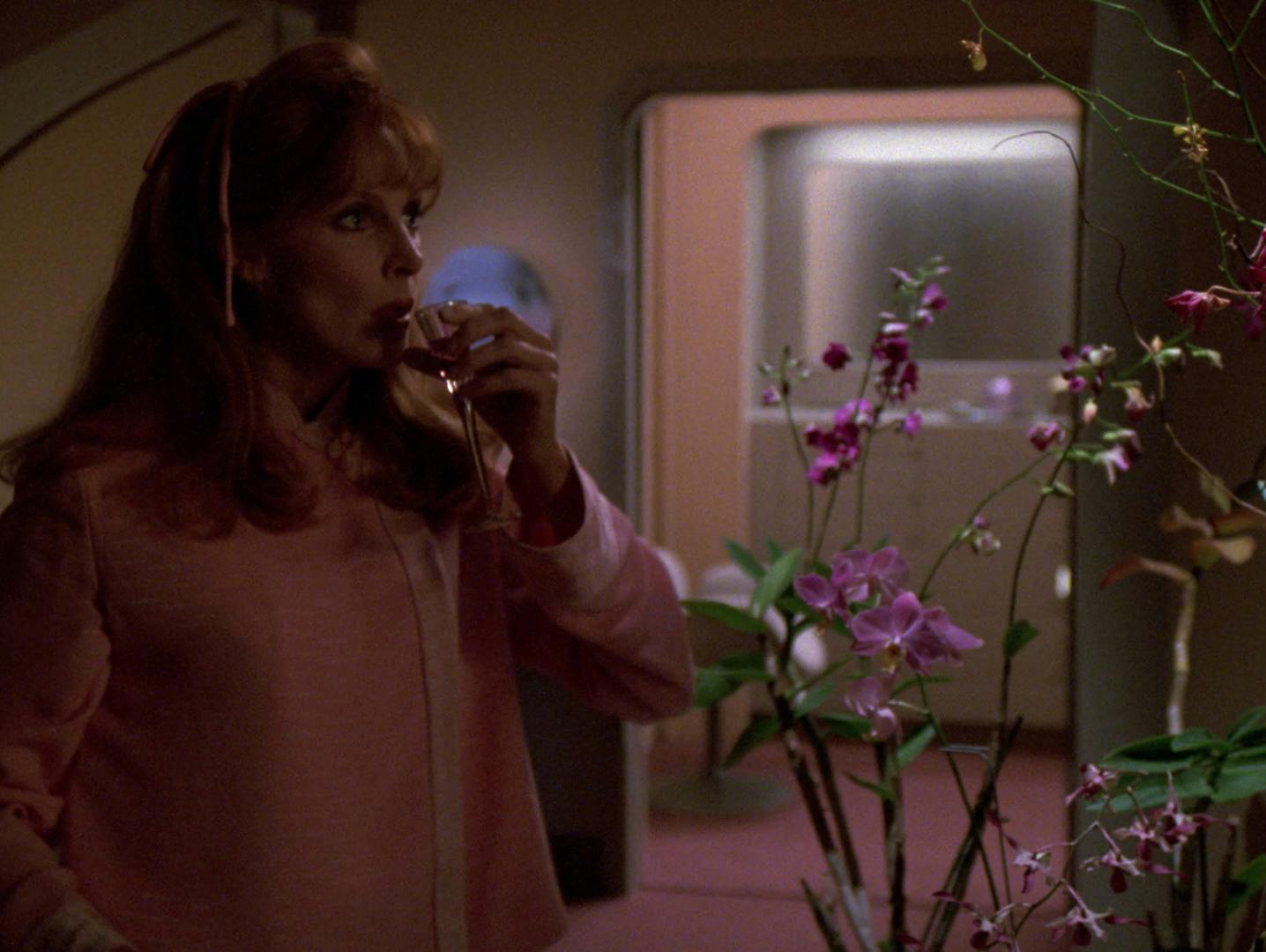
"Cause and Effect"
StarTrek.com
In a similar vein, it's no surprise that several doctors and mentors throughout Trek history are interested in plants. Both Dr. Phlox and Dr. Crusher are avid plant lovers, keeping greenery throughout their personal spaces. , taking breaks from medicinal care to care for them. Beverly keeps fresh and growing plants in her quarters. Per Picard's testimony, the wisest man at Starfleet Academy is none other than the gardener, Boothby. Also, Discovery's Saru — a leader, mentor, and calming voice among his peers — has a deep and intense relationship with plantlife. For Saru, the flora in his personal quarters not only reminds him of his homeworld, but also helped him ("").
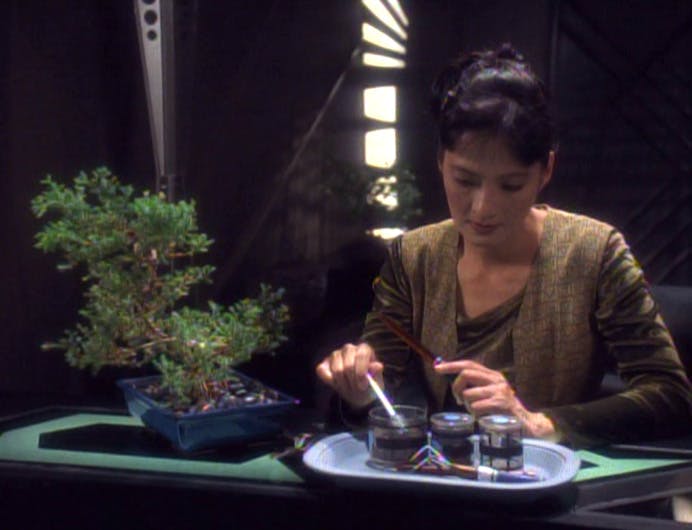
"The House of Quark"
StarTrek.com
But this relationship with plants isn't completely passive or always positive. For supportive, grounded characters who rely on greenery for balance in their lives, the loss of their plants can create equal disharmony. Take Keiko O'Brien. She started as the level-headed friend of Data and the cautious but doting wife of Chief O'Brien. When the O'Brien family moves to Deep Space 9 and she can no longer work as a botanist, dissatisfaction builds in both her marriage and . She loses a lot of her level-headedness and joy because she doesn't have botany in her life anymore. It's no surprise that the O'Briens seem quite unhappy during that time. They don't reconcile this or have their second child, Yoshi, until Keiko gets her position as a botanist on Bajor (""). The physical distance is difficult for their marriage, but working with plants again helps Keiko find her center. The O'Briens continue the series as a much happier couple than they were before. And Kieko's feelings aren't some extreme reaction to stir up drama for the show (though it does accomplish that). The effect of plants on a person's day to day life is a real and studied phenomenon.
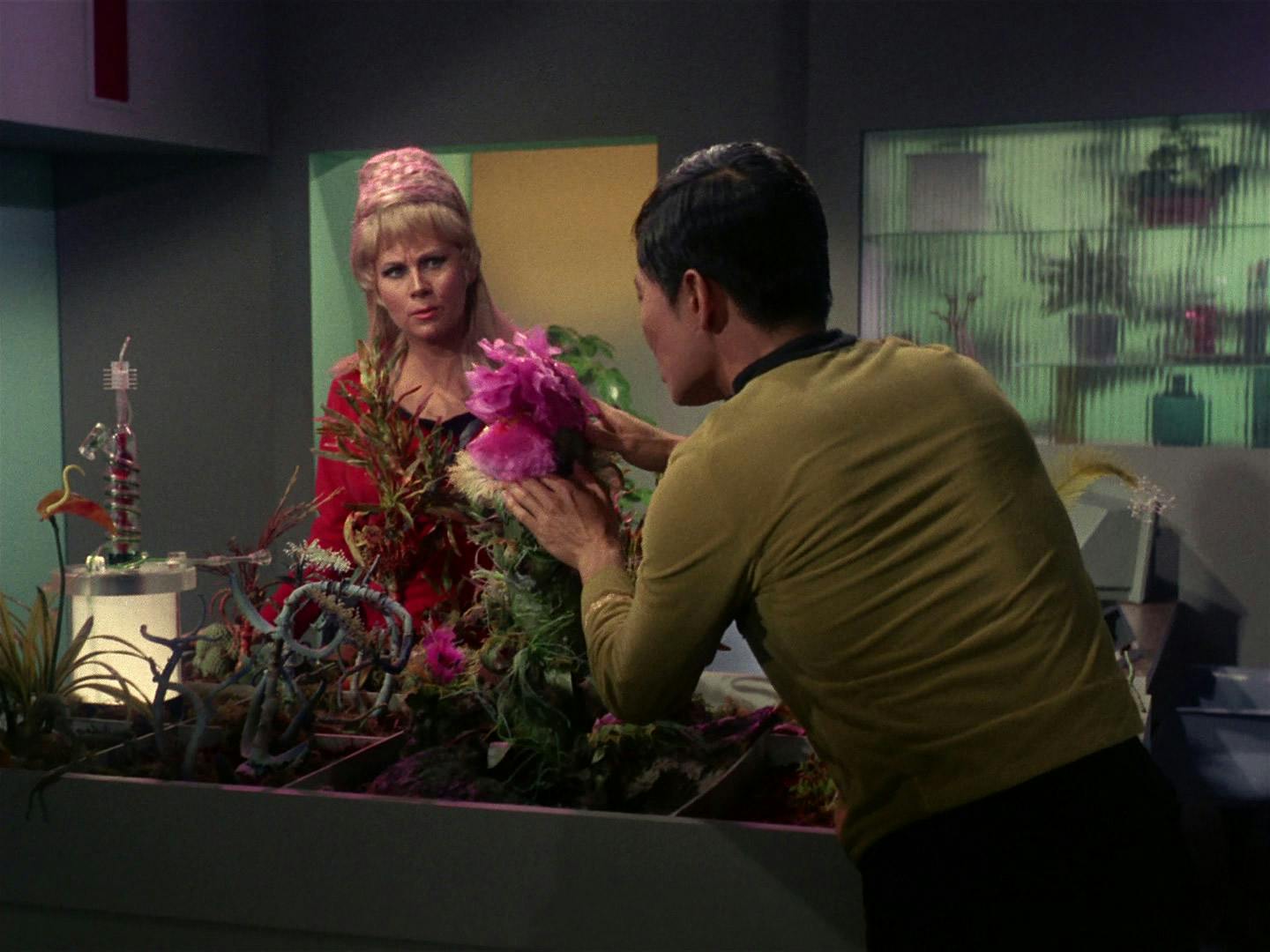
"The Man Trap"
StarTrek.com
Studies show that having greenery in your home is helpful to human tranquility and comfort. For example, the concept of biophilia asserts that humans are born with emotional connections to nature and other living organisms. Their mere existence brings comfort. In Bringslimark's study on the psychological effects of indoor plants, it's found that the mere act of putting plants in your living space brings tranquility. Not gardening, not caretaking, just simple coexistence. While not every person studied was positively affected (personal preferences do influence this study), a notable amount of participants experienced improved mood and pain tolerance when adding plants to their home. Some studies even found that interaction with plants increases such effects. In another study done at Chungnam National University, the scientists observed the effect of gardening on 24 adult males. Half of them transplanted and cared for a plant, while the second half worked on a computer task. The study team found that the transplanting task had a soothing effect on the participants and even lowered their blood pressure, while the computer task, on average, increased stress.
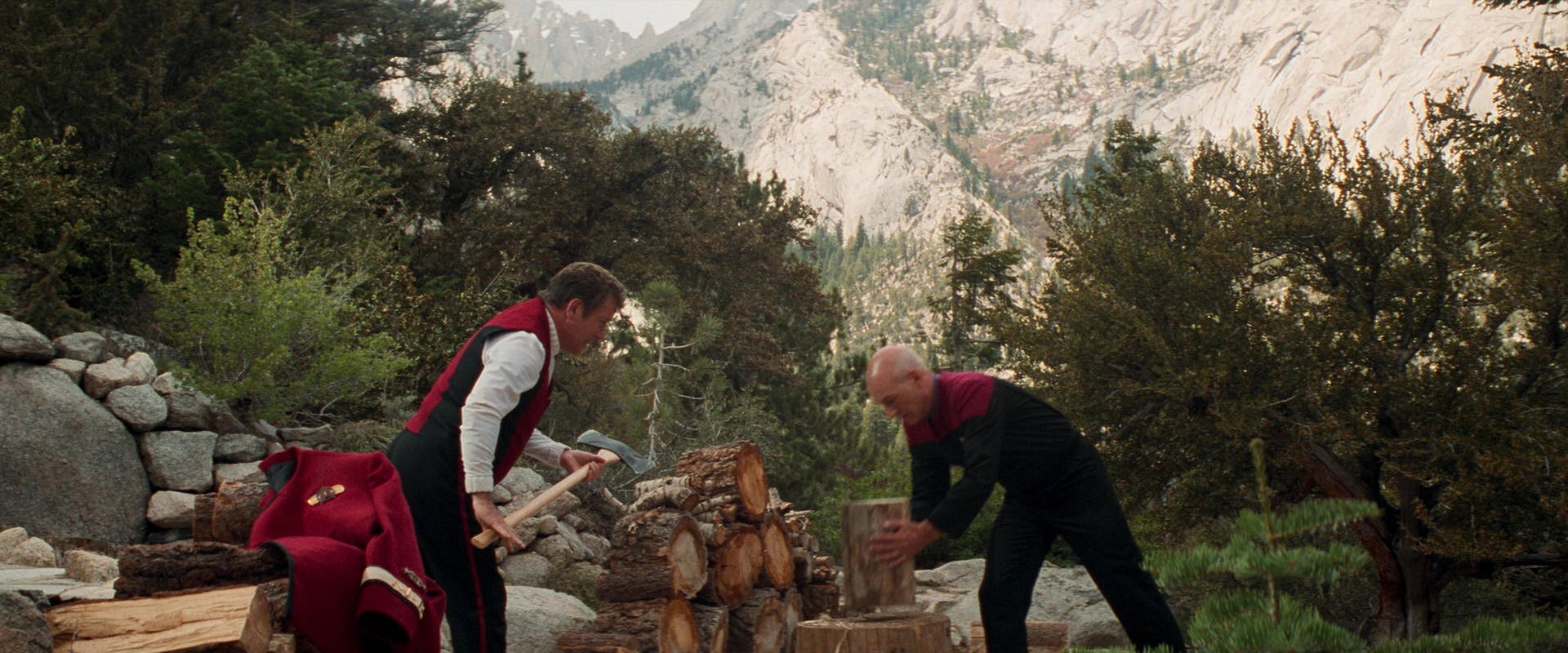
Star Trek Generations
StarTrek.com
Even though we've become quite the indoor society, plants still have a notable effect on the human brain, and can do wonders for your stress levels and inner peace. Given that information, it's no surprise that the entire Enterprise-D seems to have a particular dedication to having plants through the living quarters and common areas. Why Picard tries to find peace in his vineyard. The reason for Kirk's return to his uncle's farm in Idaho in the heavenly Nexus ().
Plants have become a powerful motif of healing in the Star Trek series. But they're more than that. The way Star Trek uses plants reflects the real and impactful influence of horticulture. For some people, they can bring clarity in turmoil. For others, they can be a source of tranquility their entire lives. Star Trek may be science fiction, but the kind of peace, comfort, and internal growth plants can offer isn't. So, if you find your life needs a bit more balance, look to greenery. Becoming a botanist may not be for you, but a simple whistling walk through the woods like Data might bring you peace. In fact, if you feel compelled to bring some peace home with you, a peace plant isn't a terrible way to go.





